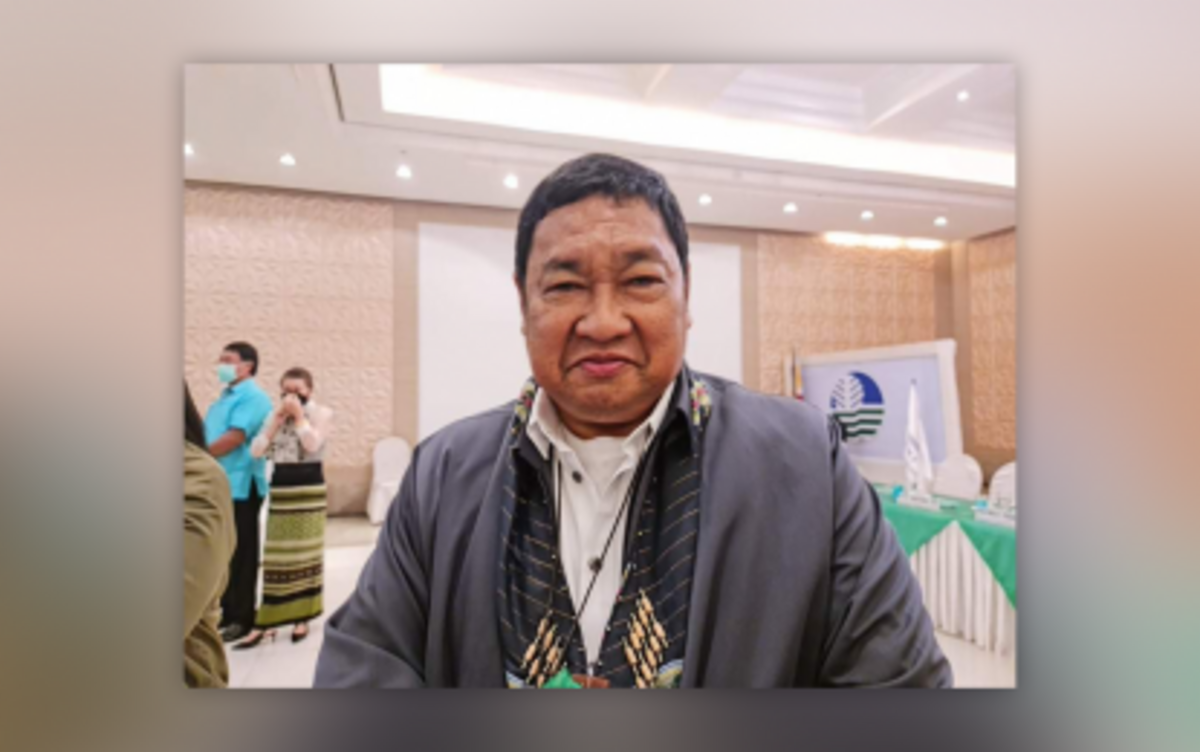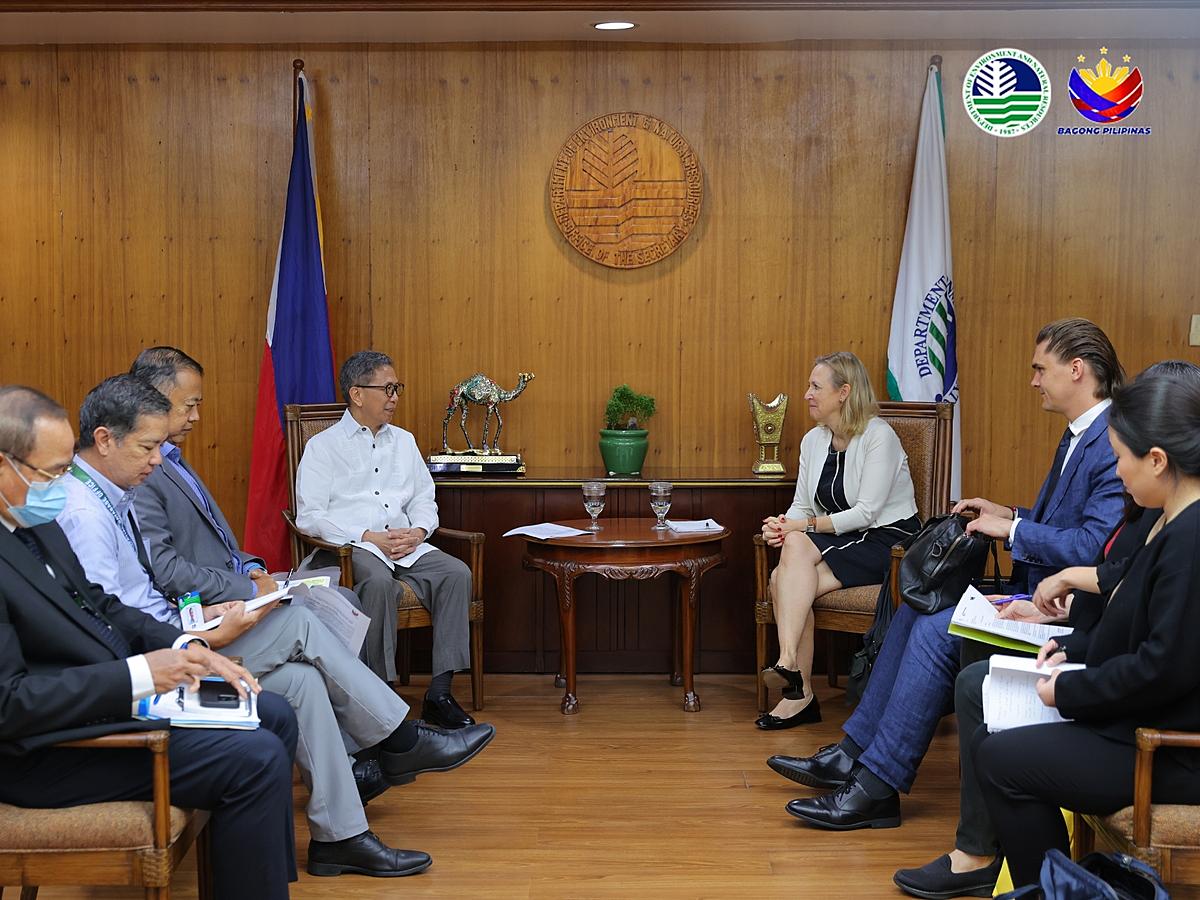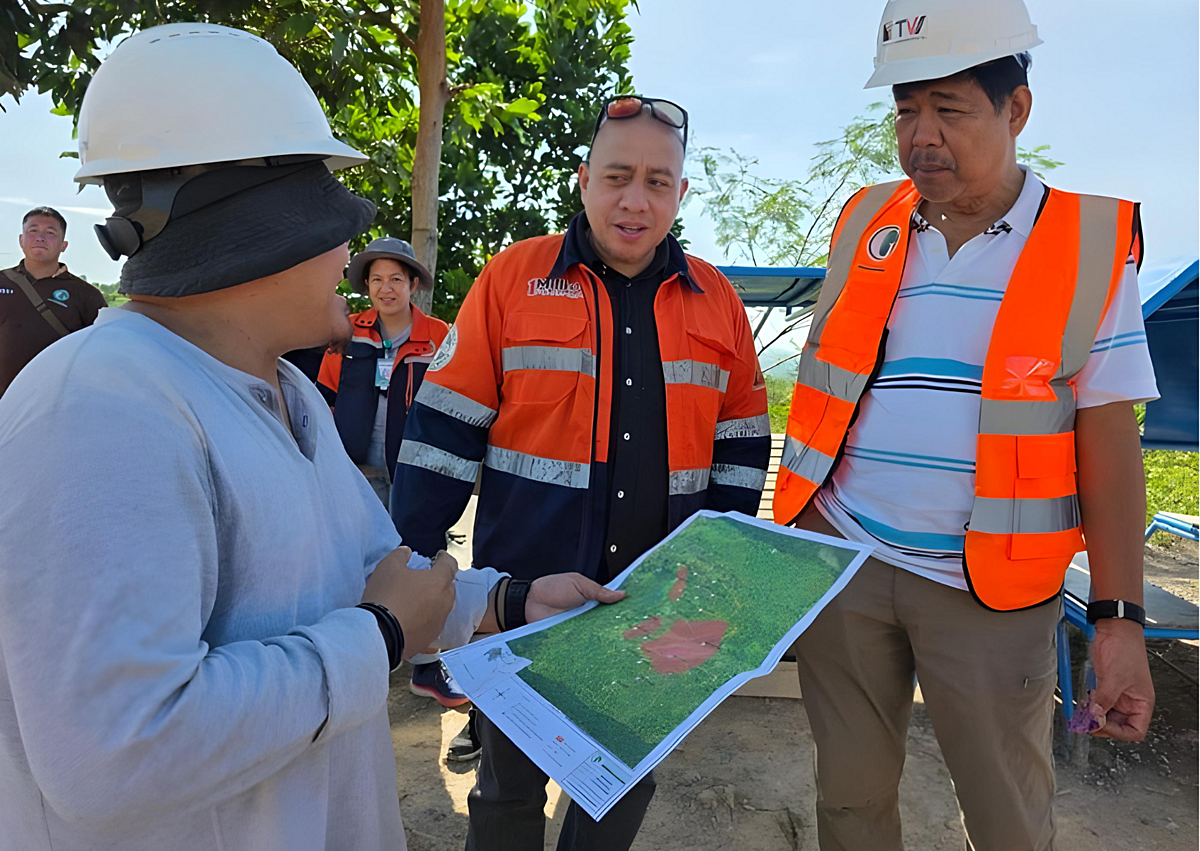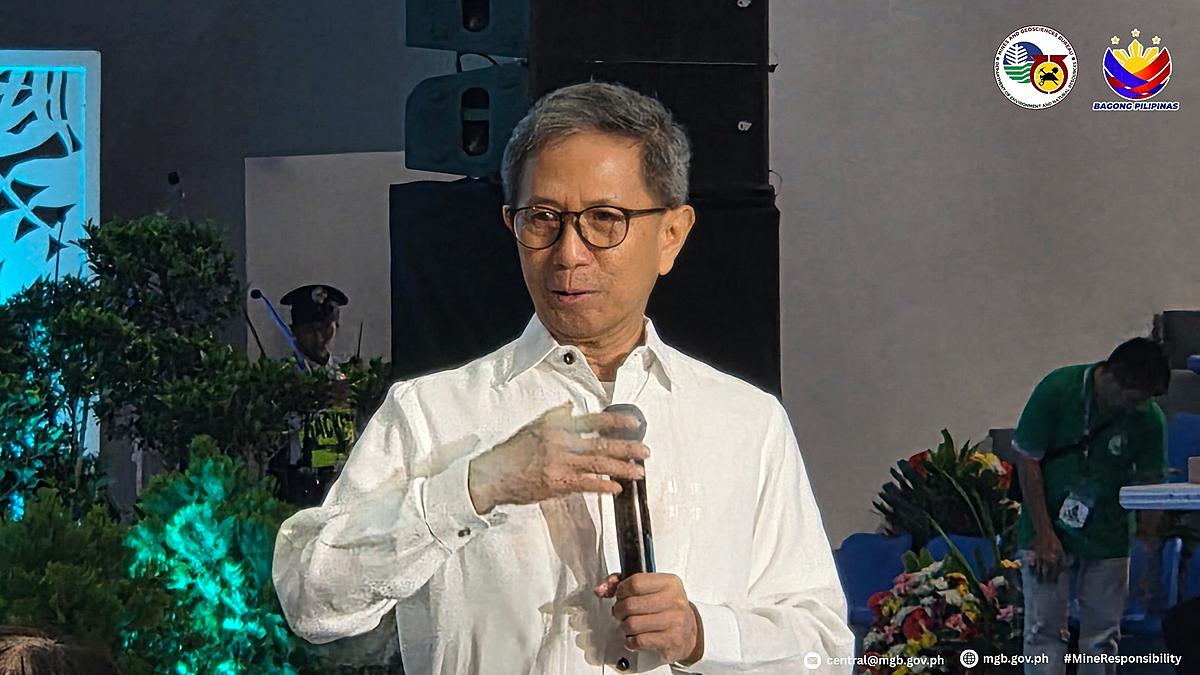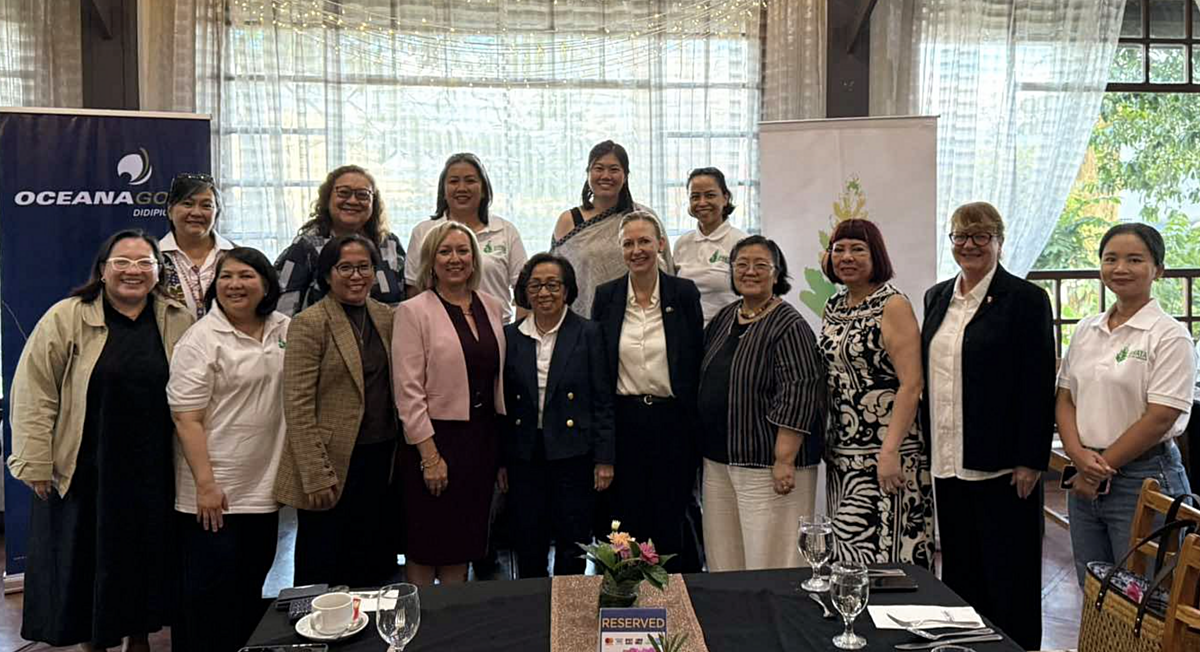Photo: Department of Environment and Natural Resources (DENR) Secretary Jim Sampulna calls on the media Friday (March 25, 2022) to help monitor large-scale mining operations in the country, to make sure that they follow the policies set by the government. Sampulna says irresponsible miners have no place in the country. (PNA photo by Che Palicte)
Department of Environment and Natural Resources (DENR) Acting Secretary Jim Sampulna said Friday that they need help from the media to monitor mining in the country.
In an interview here Friday, Sampulna underscored the importance of closely watching mining activities in the country as not to put the environment in danger.
"We only need responsible miners, we say no to irresponsible ones. They will be properly monitored by the DENR and the media," he said.
Sampulna underscored the media’s vital role in protecting the environment.
Recently, the DENR in Davao Region served a cease and desist order to the Riverbend Consolidated Mining Corporation/Arc Nickel Resources, Inc. (ANRI) located in Banaybanay, Davao Oriental, for the siltation incident in the area on January 14.
The siltation took place at the Mapagba and Pinatatagan Rivers in Banaybanay town after more than 12 hours of heavy downpour.
According to DENR-11, the potential source of siltation and discoloration in the two rivers were traced to the active mining activity of the company, based on the multi-agency investigation and assessment conducted on January 15. By Che Palicte
Article courtesy of the Philippine News Agency

